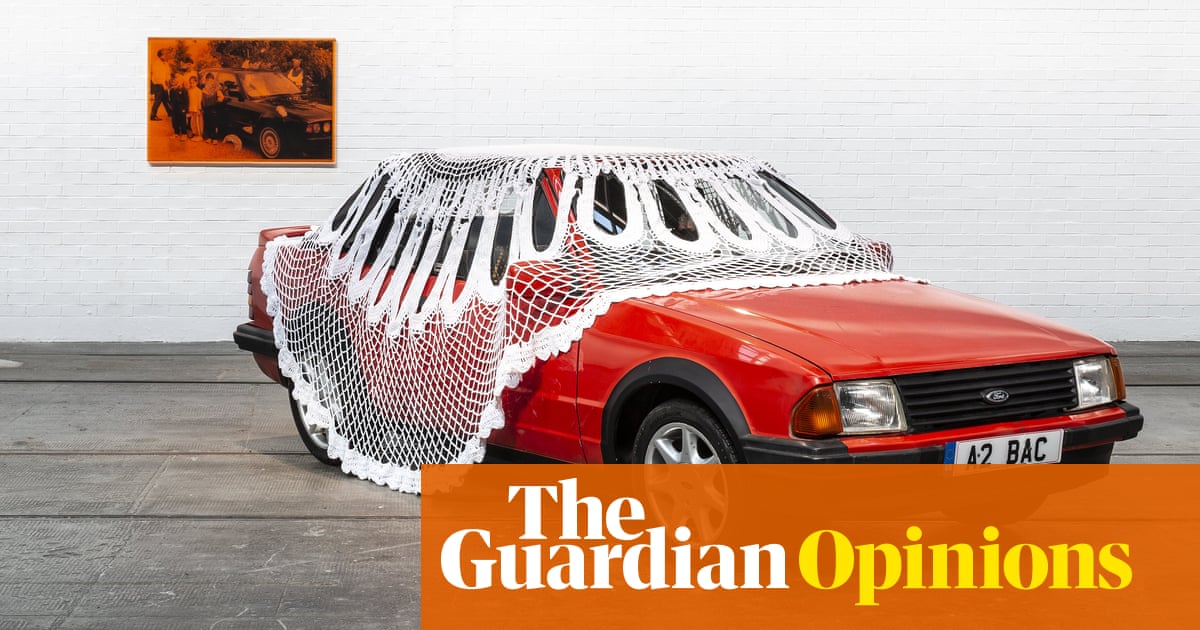This is a great shortlist. The artists here make art in highly individual and different ways and none are the next hot young thing. Sixty-five-year-old Claudette Johnson’s work reflects her first generation British Caribbean background. The art of Delaine Le Bas, 58, has its origins in her Romany Traveller heritage. Born in Manila in 1983, Pio Abad’s practice often focuses on the complexities of postcolonialism. A lot of the inspiration behind Jasleen Kaur’s art comes from her Punjabi Sikh upbringing in Glasgow, where she was born in 1986.
after newsletter promotion
Their works approach the world in very different ways, obliging us to look at it from their own particular standpoints. Johnson makes large-scale pastels and Kaur works between sculpture, sound, performance and writing. Abad’s art is as much involved in material culture and exhibition-making as it in having a preferred, signature medium, while Le Bas’s wide-ranging works feature embroidery and decoupage, sculpture, installation and performance.
One of the criticisms often levelled at the Turner prize shortlist – as well as the perennial complaint that so few painters are represented in an exhibition named after one of Britain’s greatest 19th-century painters – is the bleat that many of the selected artists are not widely known. Johnson recently held a solo show at the Courtauld in London. Abad has an exhibition at the Ashmolean museum in Oxford, and has been exhibiting worldwide for more than a decade. Kaur held a large-scale show at Glasgow Tramway in 2023. Le Bas held an exhibition at the prestigious Vienna’s Secession gallery last year and will also have a major show at Tramway as part of this year’s Glasgow international festival in June.
The scope of this year’s prize brings together artists of very different backgrounds, whose work reflects the communities they come from and the place of art in society at large. The shortlist also reflects a wider reorientation since Black Lives Matter, and the increased representation of black and brown artists in museum and gallery shows that has come in its wake. The artists here are part of a much deeper and longer conversation about what culture is, who owns it, who it is for, who and what is represented, and who has a voice.
Recent Venice Biennales, the five-yearly Documenta and other international exhibitions have all made efforts to become more globally inclusive over the last two decades, and to include voices that had previously been either under-represented, marginalised or invisible. Works by Indigenous groups and previously ignored communities and diasporas are now more to the fore than ever before. This isn’t just fashion or a blip. Progress, even against the background of the rising populist nationalism, is irreversible. The focus has shifted. This is the way art is now, whatever the medium, wherever you are from.
